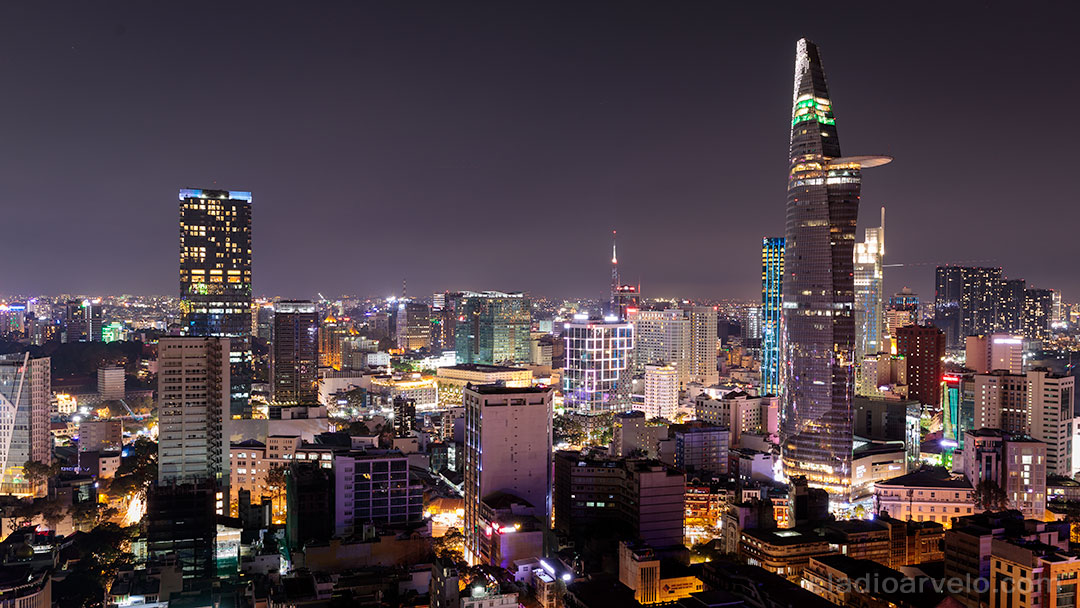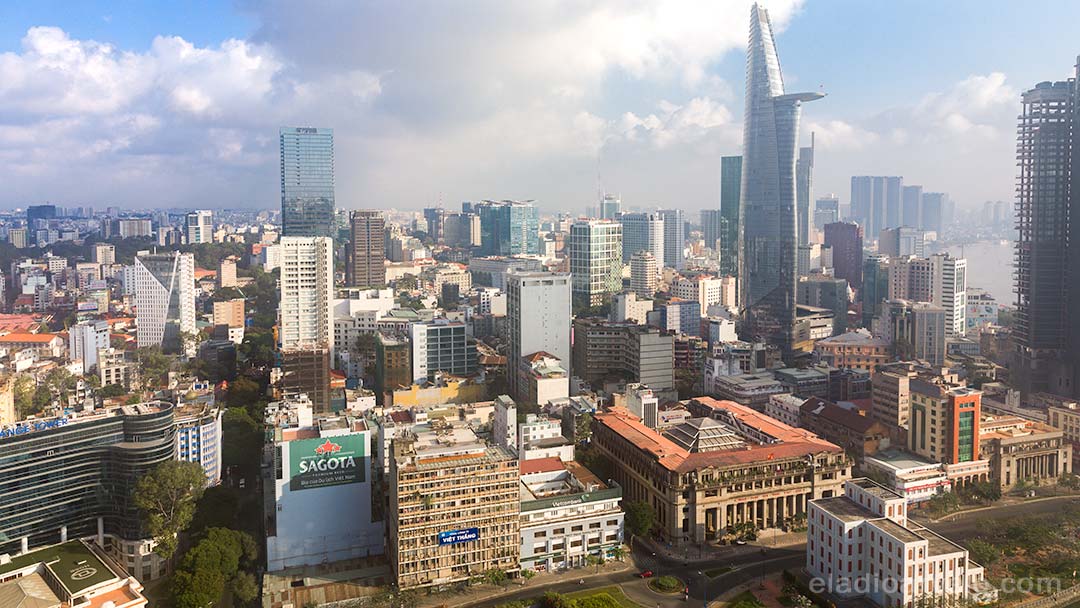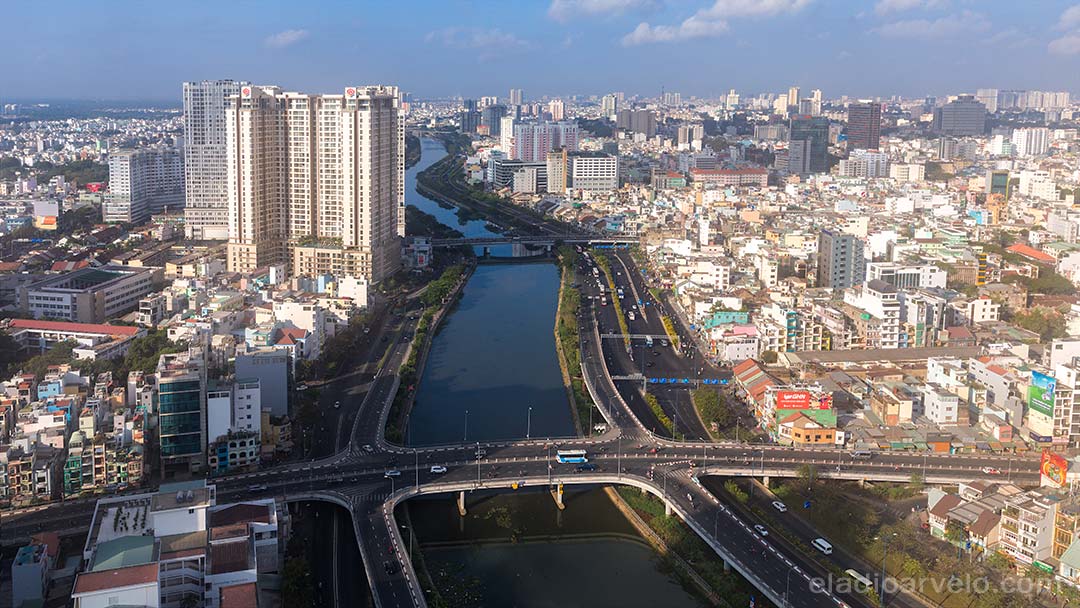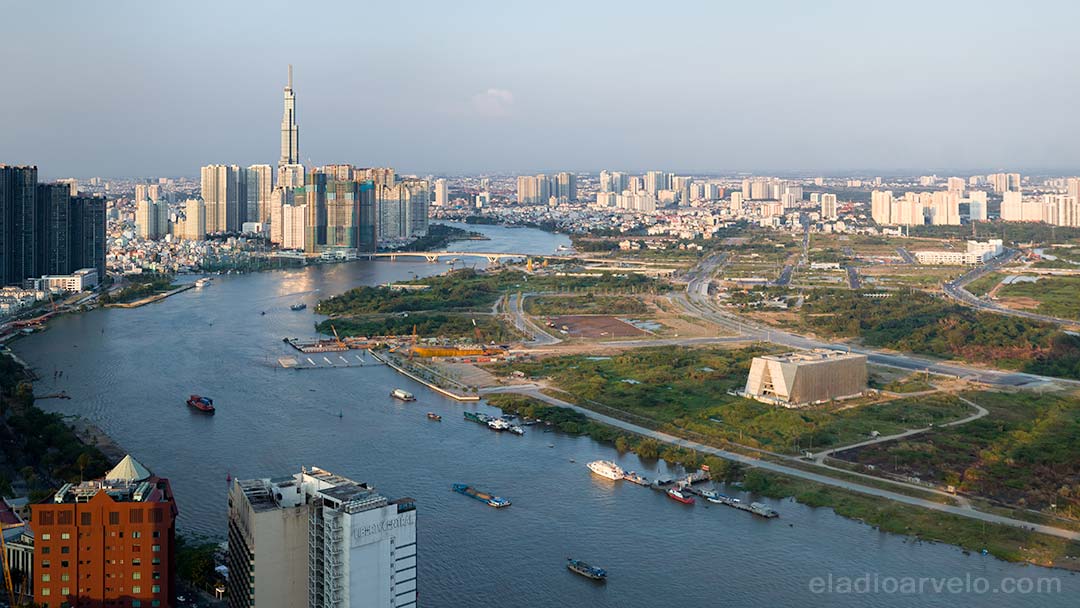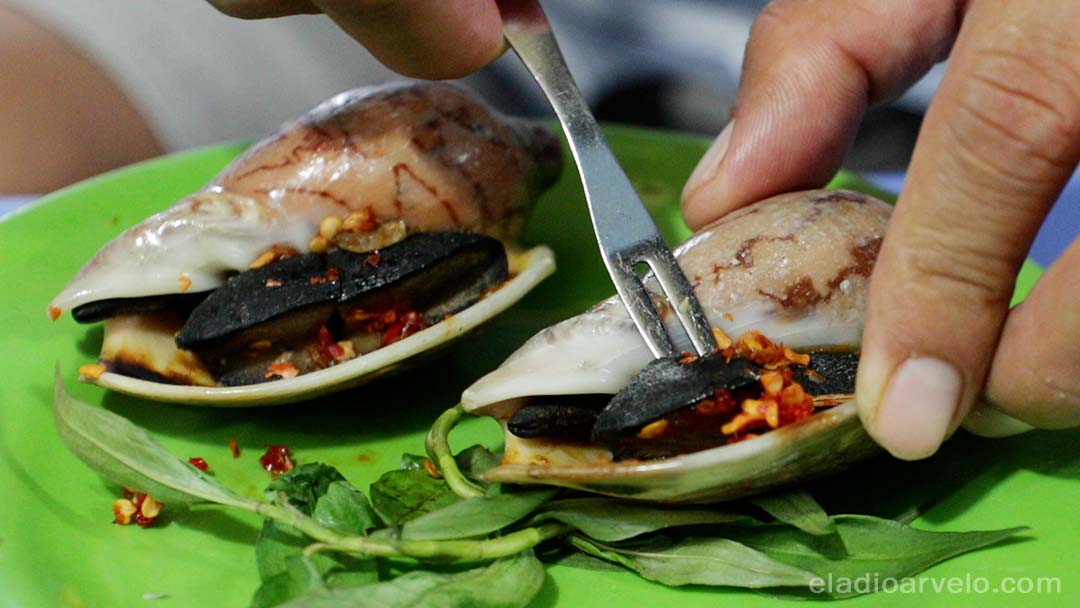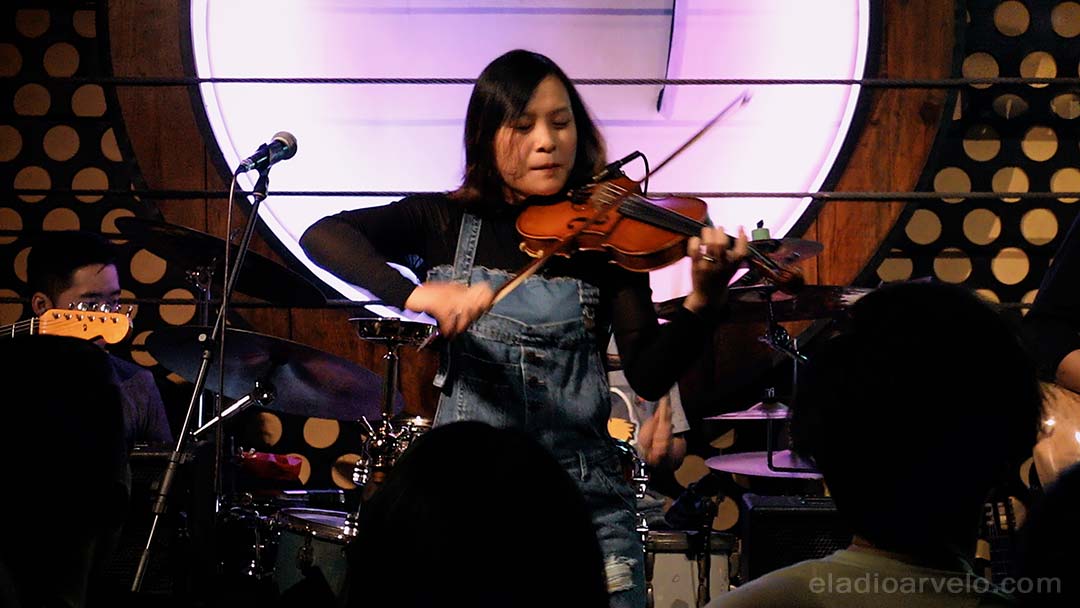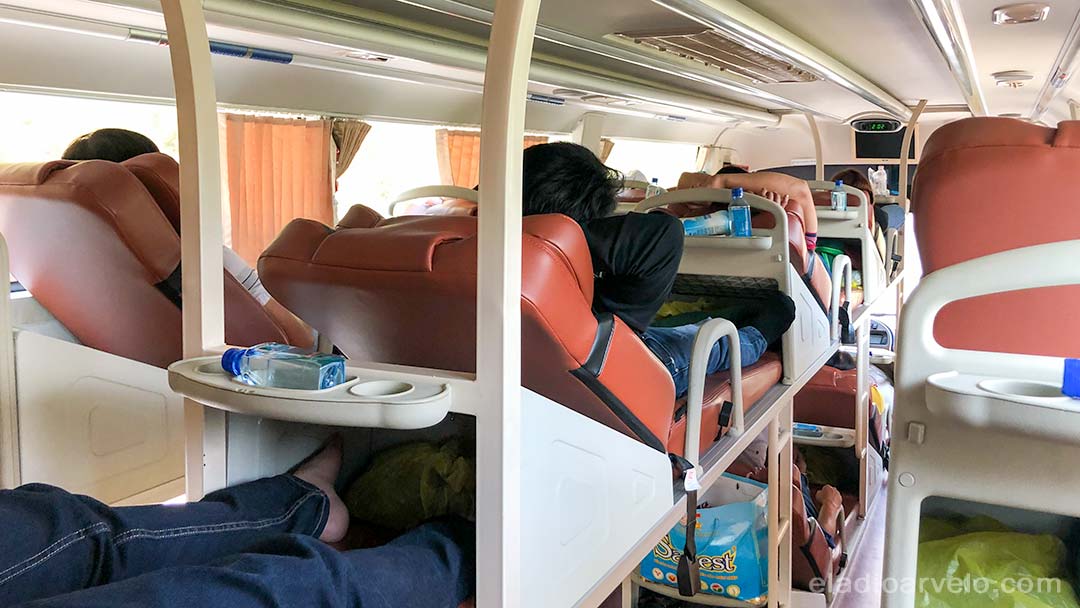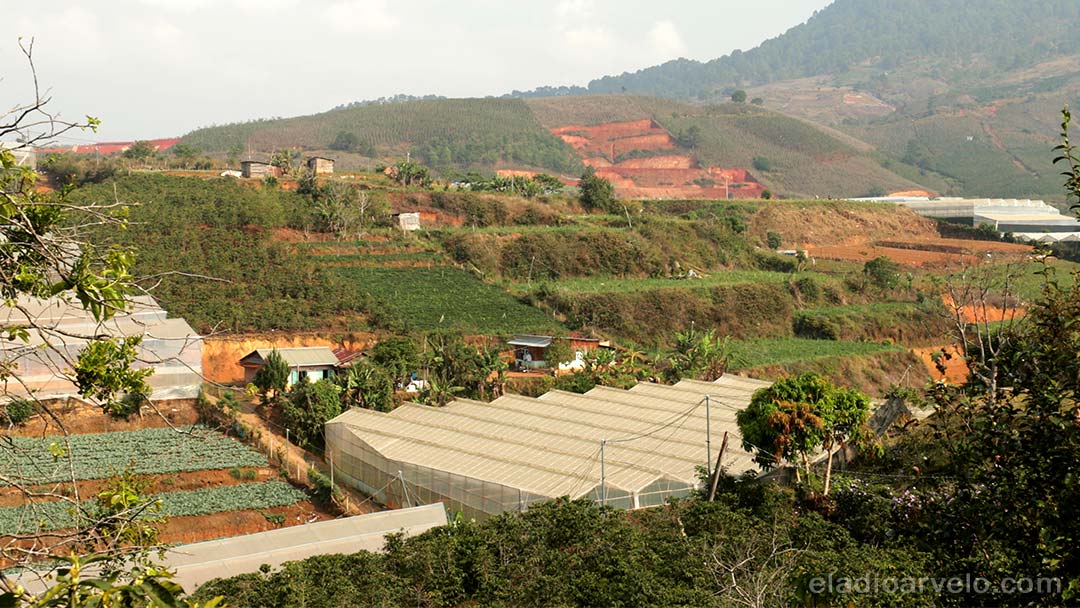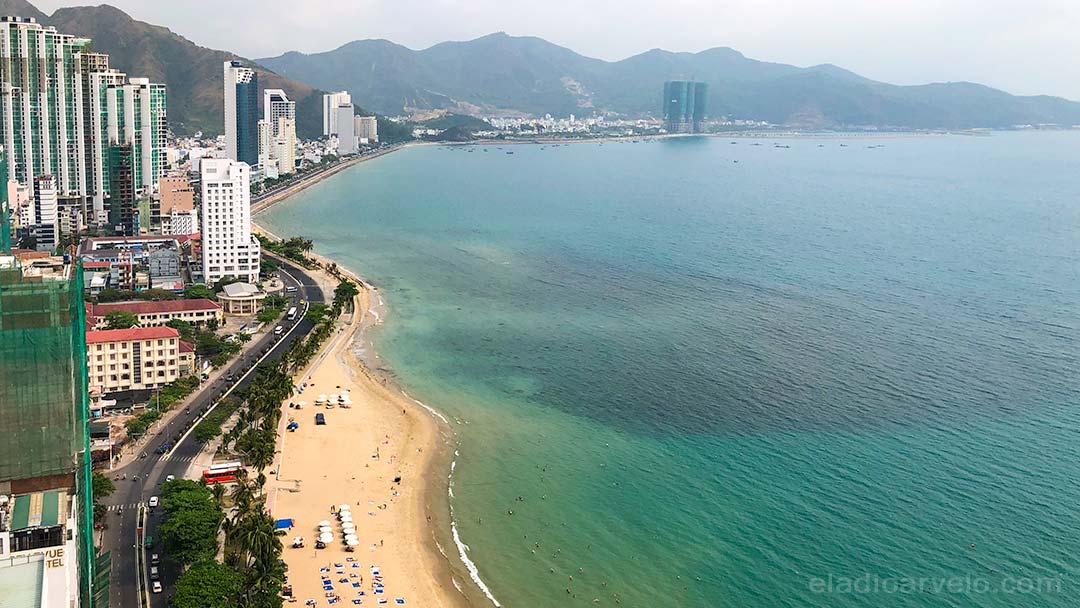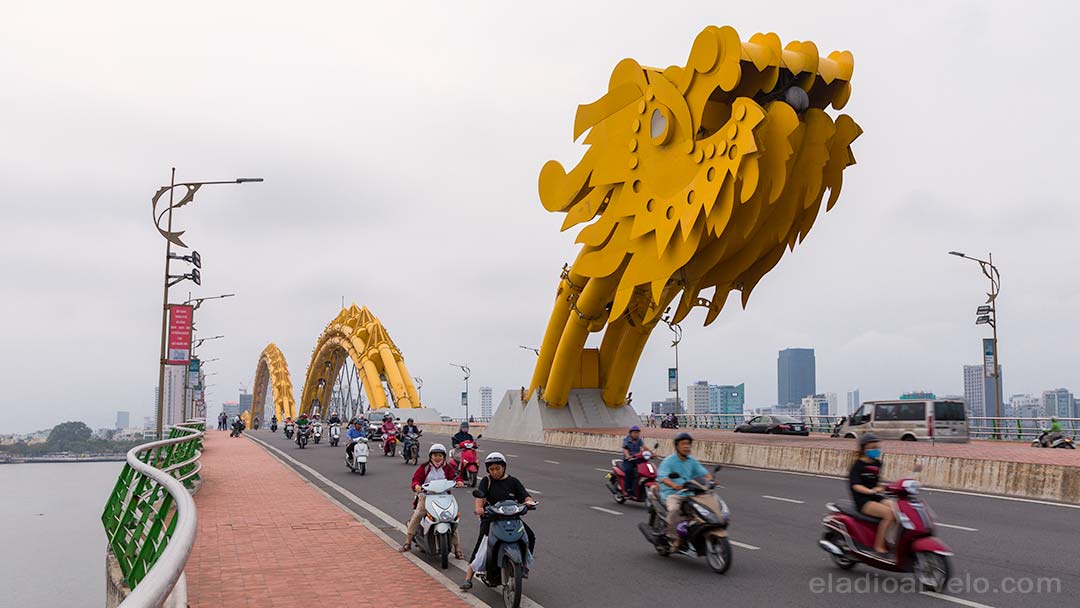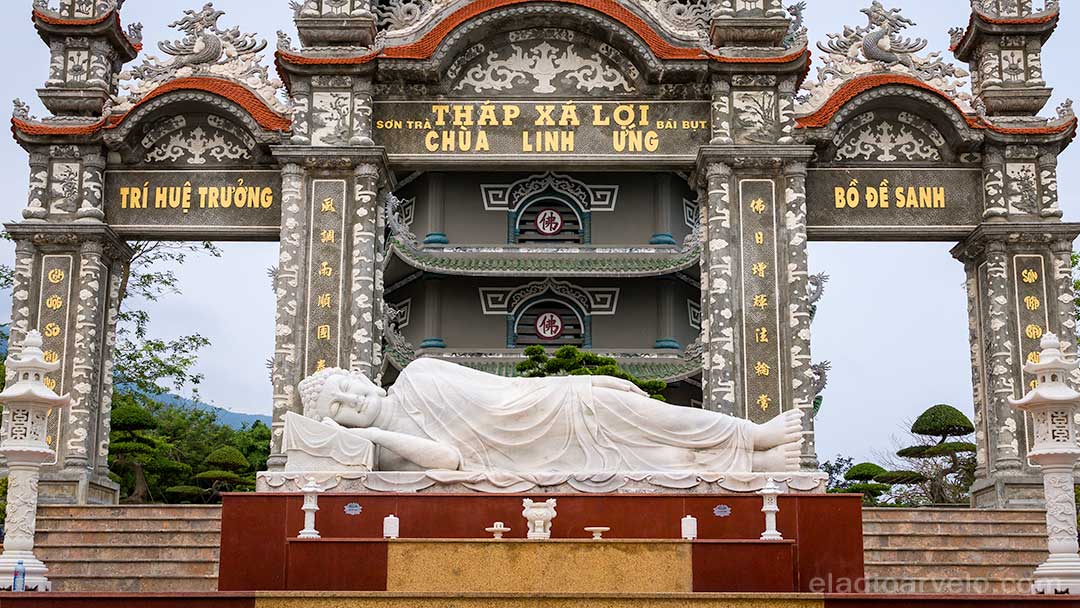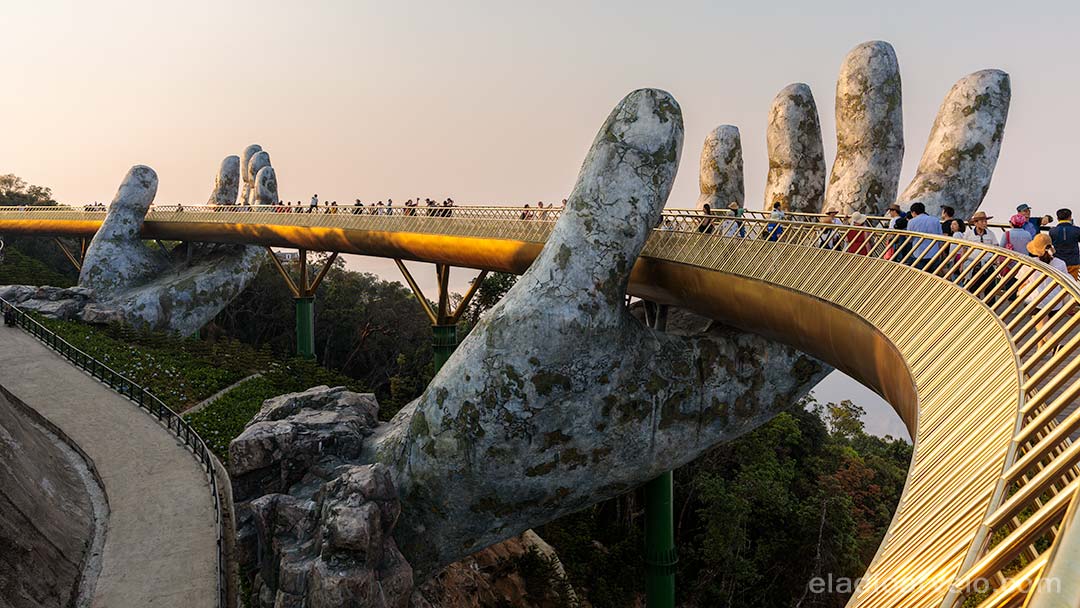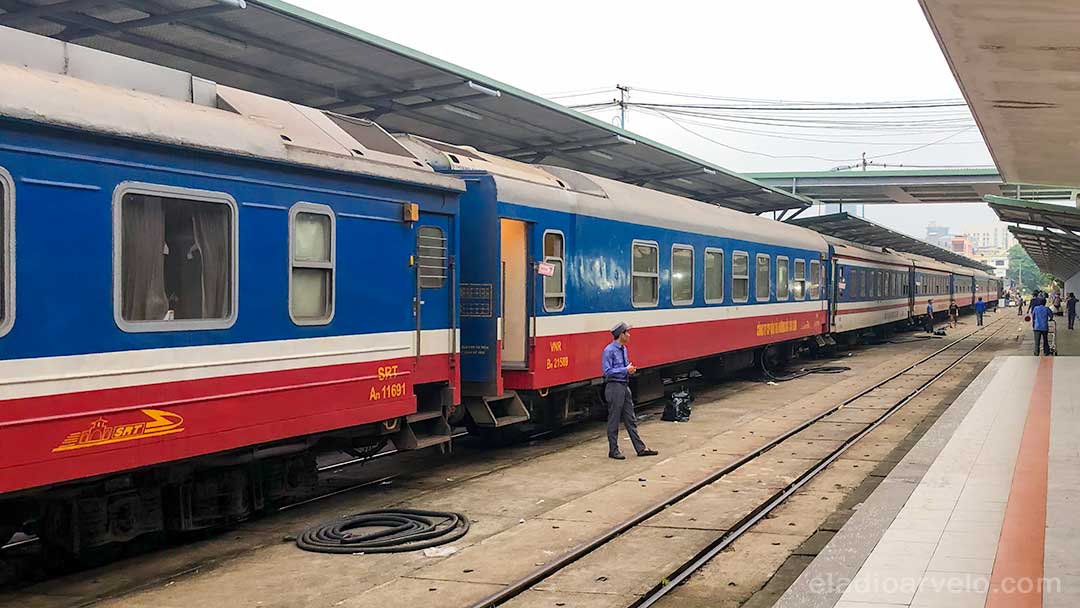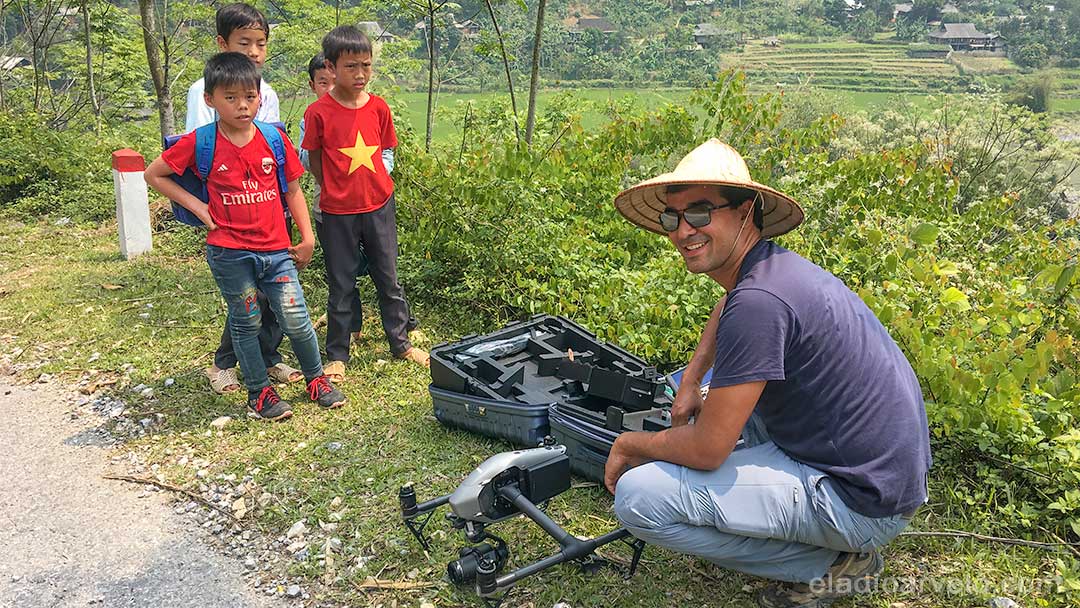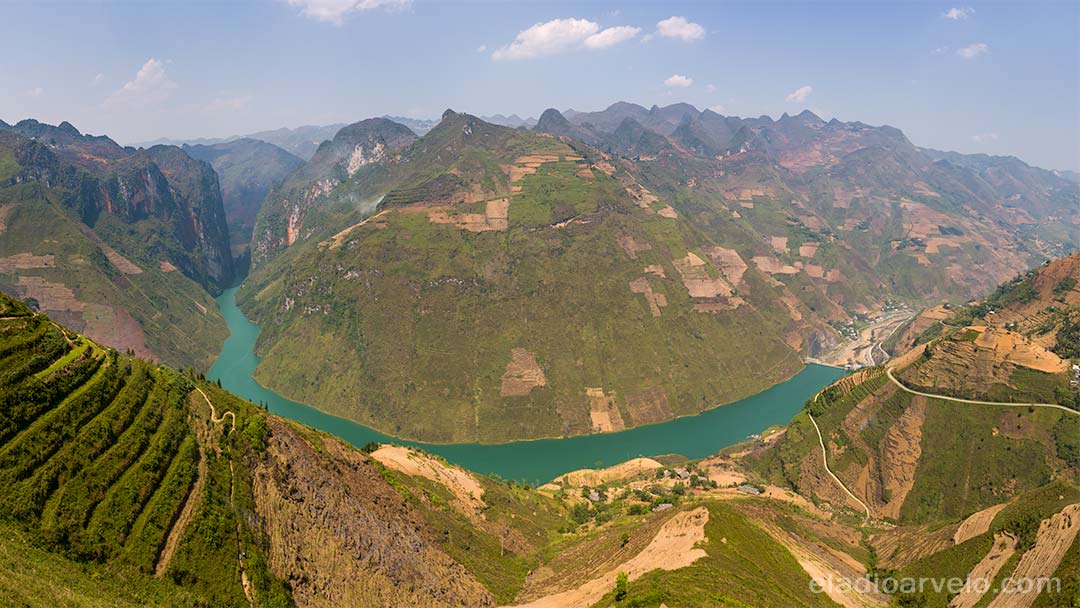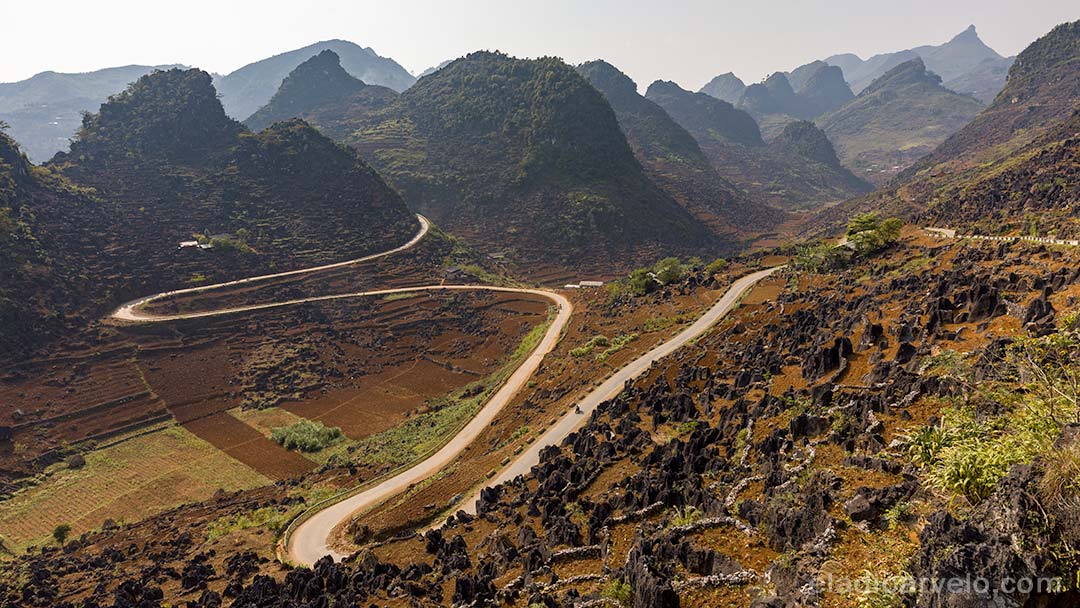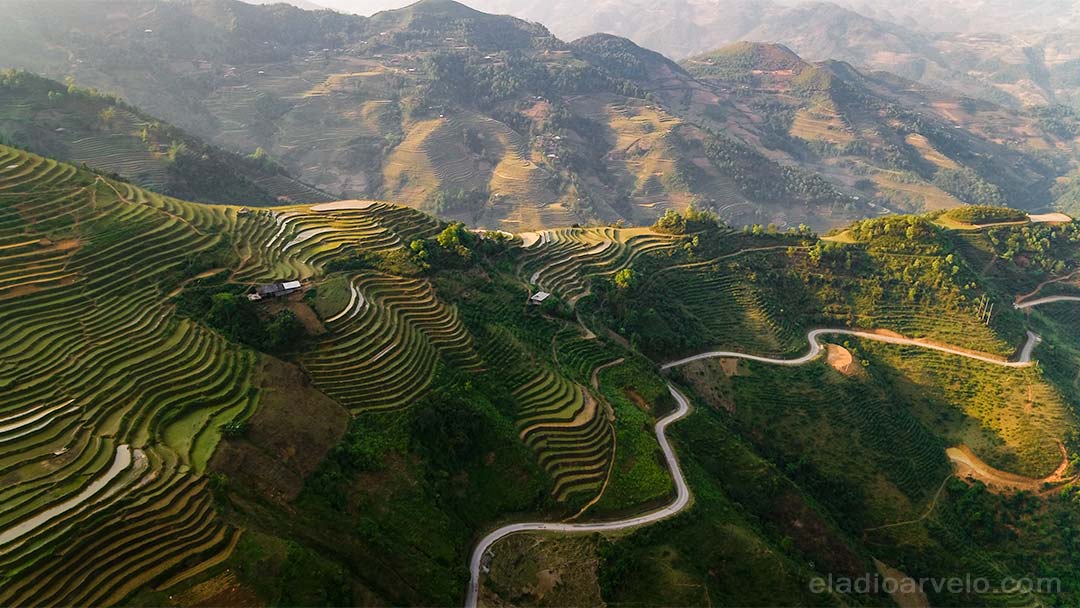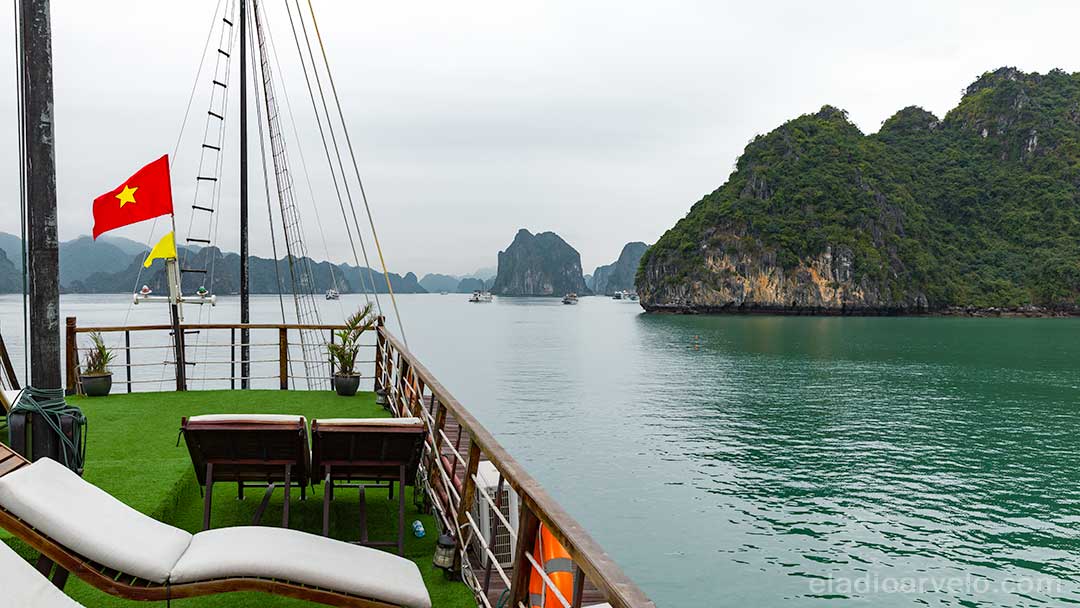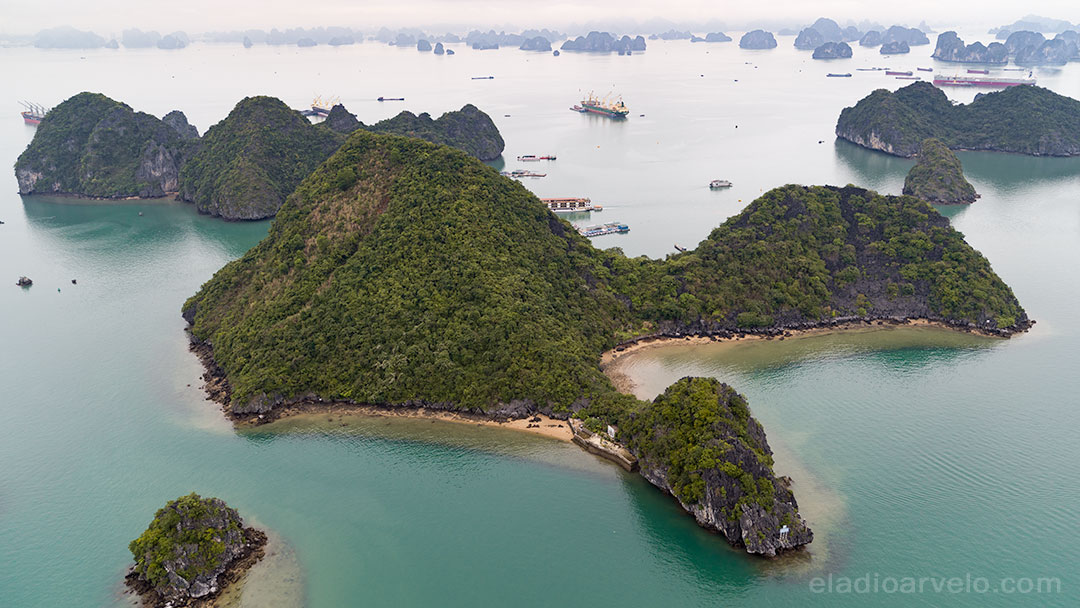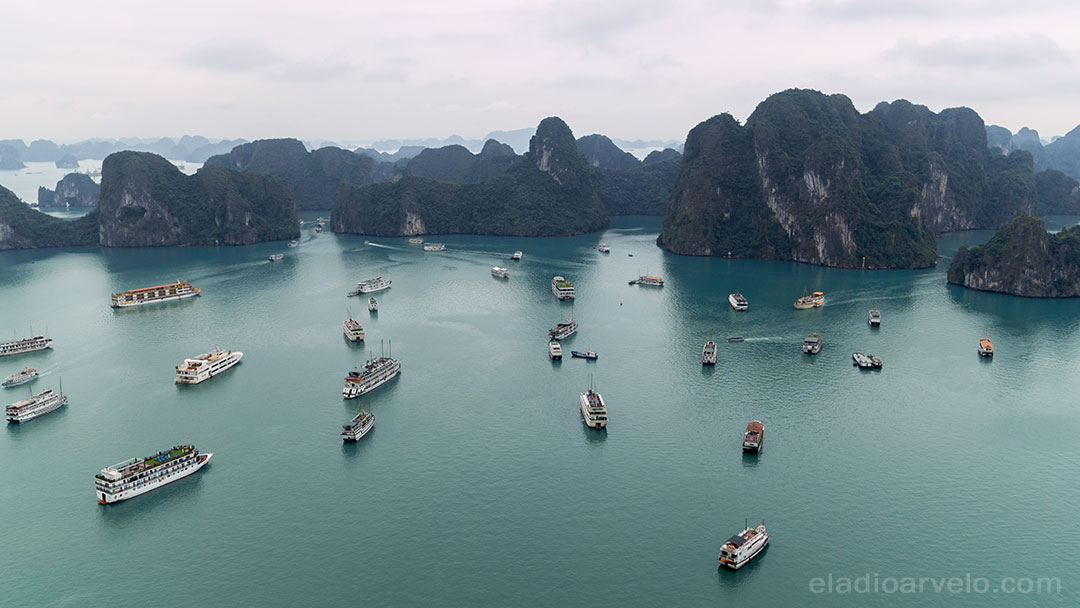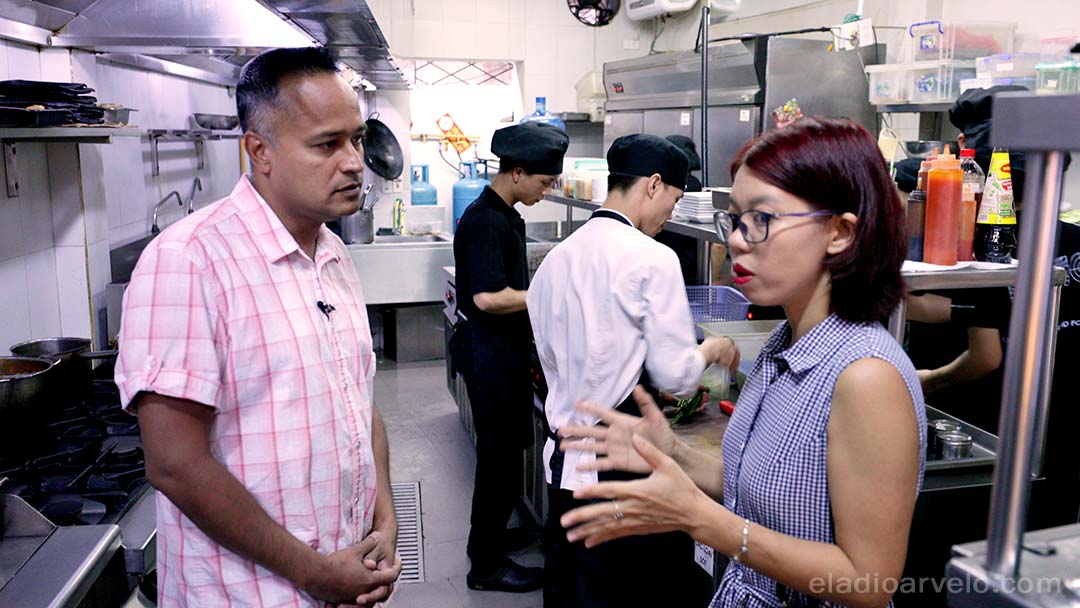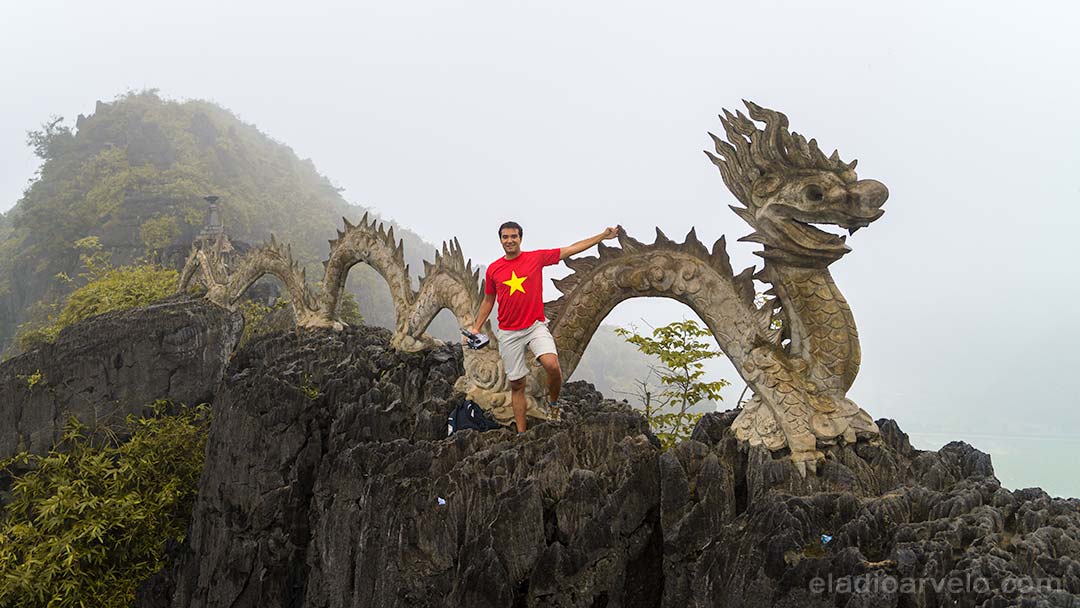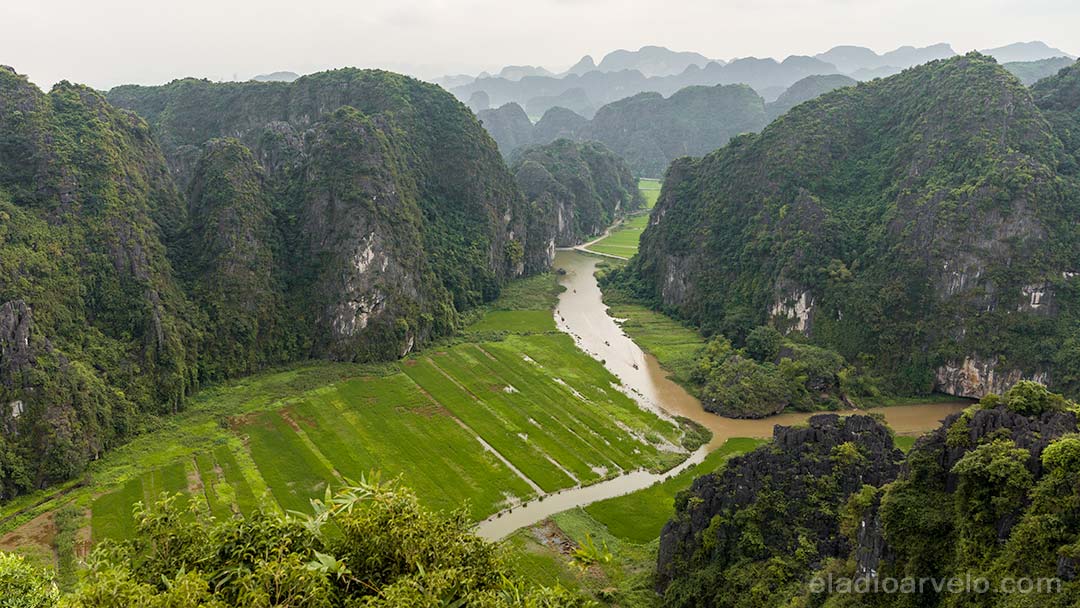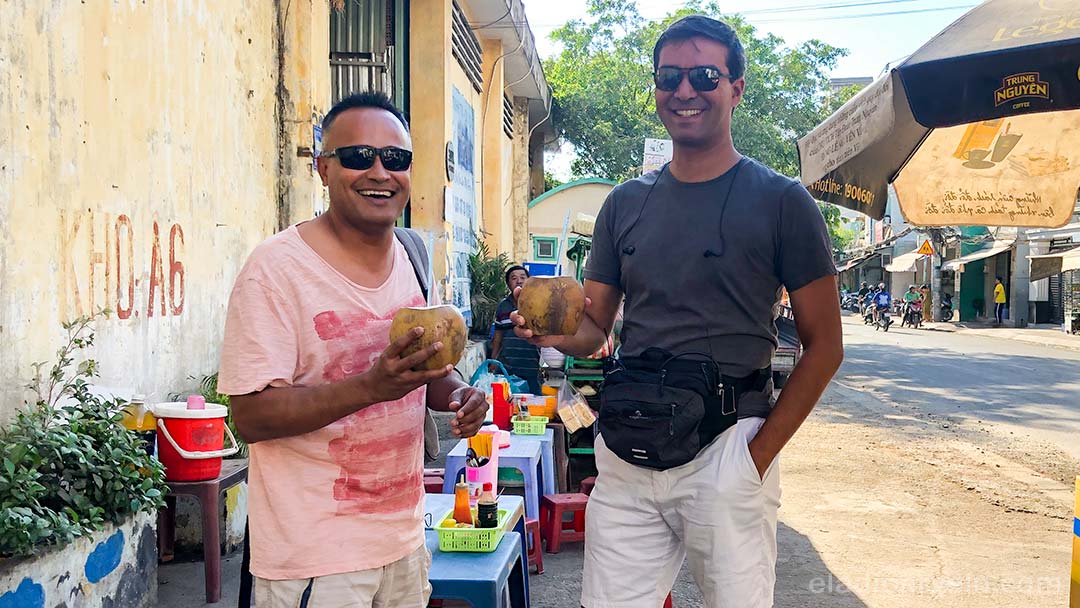Growing up, I only heard about Vietnam in reference to war, so I was intrigued when my friend Shareef showed me photos of bustling cities in Vietnam and described the energy of the people he had met there. In March 2019, we set out on a filmmaking adventure to explore the country on a personal level, leading up to our feature documentary Vietnam: Fast Forward.
Itinerary
- 5 nights in Ho Chi Minh City, the most populous city in Vietnam.
- 1 night in Da Lat, the largest city in the country’s Central Highlands region.
- 1 night in Nha Trang, a coastal city on the South Central coast.
- 5 nights in Da Nang, the third most populous city in Vietnam.
- 2 nights in Hanoi, the capital and second most populous city in Vietnam.
- 4 nights in Ha Giang, a highly mountainous region in the countryside.
- 1 night back in Hanoi, on the way from Ha Giang to Ha Long Bay.
- 2 nights in Ha Long Bay, a UNESCO World Heritage Site.
- 5 nights back in Hanoi, in close proximity to Ninh Binh province.
Ho Chi Minh City
The accumulated exhaustion from my long flight to Vietnam vanished as soon as I landed in Tan Son Nhat International Airport, where the hustle and bustle of large crowds of people welcomed me to the country’s largest city. Based on population size, Ho Chi Minh City is as large as London or New York City. Let that sink in for a moment in case your only impression of Vietnam were images of wide open fields.
Ho Chi Minh City, often referred to by its former name Saigon, is a massive urban center with skyscrapers that rival metropolises around the world. The Bitexco Financial Tower in particular is an iconic building whose unique shape features a non-rooftop helipad on the 52nd floor. An observation deck on the 49th floor is open to the public and it’s a great spot to appreciate a bird’s-eye view of the city.
After a couple of nights acclimating to the local time zone, we proceeded to explore the city’s renowned street food cuisine. Like any adventurous foodie, we tried all kinds of local dishes, including quail eggs, roasted duck, oysters, snails, cow stomach and (spoiler alert) even reproductive male organs from chickens and goats! On less adventurous days, I also enjoyed a selection of croissants and pastries for breakfast, part of the French legacy on local cuisine.
If you’re interested in learning how to prepare (not just eat) Vietnamese dishes, then we recommend taking a few lessons at Ho Chi Minh Cooking Class. Its founder, Chef Tan, will delight you with all sorts of funny anecdotes on the origins of Vietnamese cuisine. Classes take place in an organic farm located within a serene agricultural village just outside the city. If you’re lucky, you may even get to tour the (magic) Mushroom House at the farm!
Like any major metropolis, Ho Chi Minh City is full of life come nighttime. We visited the Backpackers’ District on a couple of nights to take in the sights and sounds of one of the liveliest streets in the city, lined up with plenty of bars and restaurants. Not far from this area, we discovered Acoustic Bar, a live music venue that became our favorite entertainment destination during our stay. Its founder, Lê Quang Minh, envisioned the venue as a place to share music culture through many different styles of performance. We’re glad his vision became a reality!
Da Lat and Nha Trang
After five nights in Ho Chi Minh City, it was time to start our journey to the rest of the country. We traveled by land to explore as many urban and rural centers as possible, and also to facilitate the transportation of our fragile camera equipment. On the first leg of our trip, we headed to Da Nang, with one-night stops in Da Lat and Nha Trang. I will always remember my first-time experience on a sleeper bus, a marvelous invention where one can lay almost flat while traveling, except that the seat length didn’t quite account for a tall 6’3′ (1.9m) person like myself! 🙂
The bus trip to Da Lat took about seven hours. Da Lat is the largest city in the Central Highlands region in Vietnam. Its high altitude gives it a year-round cool weather, so we were glad to have brought light sweaters. Although Da Lat is a popular tourist destination in Vietnam, we were here to explore its agricultural industry, so we spent the day visiting K’Ho Coffee. Rolan Colieng and Du Lick Moul were gracious enough to give us the lay of the land on how a cooperative of K’Ho families is sustainably growing high-quality arabica coffee in the area.
The next day, we boarded another sleeper bus to take us to Nha Trang, a coastal city in Vietnam that has developed into a popular destination for international tourists. This stop was mostly for sightseeing, so we took the few hours we had here to enjoy the beautiful beaches and explore the main boardwalk. Just like in Ho Chi Minh City, it was mesmerizing to watch pedestrians crossing streets without traffic lights! Somehow it all works out with people and motor vehicles sharing the road simultaneously.
Da Nang
From Nha Trang, we took an overnight train to Da Nang, the third largest city in Vietnam and one of the country’s most important ports. Naturally, fishing is a significant sector in the region’s economy, so we took the time to learn more about it by chatting with fishermen and merchants from local seafood markets.
Da Nang is home to several iconic attractions, including a fire-breathing Dragon Bridge in the city center, and the Linh Ung Pagoda (Buddhism temple) featuring the Lady Buddha and Reclining Buddha marble statues on Son Tra Peninsula.
While in Da Nang, we also visited Hoi An and Ba Na Hills. Hoi An features a charming and well-preserved ancient town decorated with colorful silk lanterns along its famous canals. Ba Na Hills, on the other hand, features a modern recreational complex built as a mountain resort that resembles a French village. The resort is probably best known for its iconic Golden Bridge, a photogenic pedestrian walkway seemingly held in place by two giant hands.
Ha Giang
After five nights in Da Nang, it was time to continue our journey north. First, we took a 15-hour overnight train ride to Hanoi, the capital of Vietnam. After a couple of days in the city, we then took a 6-hour sleeper bus to Ha Giang, a mountainous province in northern Vietnam, just south of the border with China. For the next three days, we traveled the spectacular Ha Giang Loop.
The Ha Giang Loop consists of a series of steep and narrow roads that meander through stunning mountain landscapes. Most people travel the loop on motorbikes but we opted for a car to carry all our camera gear. Along the way, we marveled at the breathtaking Ma Pi Leng Pass, admired elaborate rice fields, and witnessed the day-to-day lives of locals. Ha Giang was a great place to capture aerial images of Vietnam’s landscapes, and even a group of local children joined in the fun on a few drone flights.
Ha Long Bay
Next stop on our itinerary was Ha Long Bay, a UNESCO World Heritage Site and very popular tourist destination in Vietnam. We explored the bay on a liveaboard boat over three days, which provided enough time to appreciate the majestic limestone islets and partake in a few shore excursions. This was another great location to capture unique aerial views, plus it’s always a fun experience for this drone pilot to takeoff from and land on a boat!
Hanoi and Ninh Binh
Reaching the end of our journey, we returned to Hanoi, the second largest city in Vietnam, to document the stories of several characters that live and work there. As the country’s capital, Hanoi hosts various cultural and historical venues of significance. I was particularly curious about the Ho Chi Minh Mausoleum, which serves as the resting place for the embalmed body of Vietnam’s revolutionary leader. It was quite an experience to witness his body in a climate-controlled chamber protected by military honor guards.
Hanoi is also home to KOTO, a hospitality training center for at-risk and disadvantaged youth in Vietnam. We met with Huong Dang, who provided a heartfelt personal account of the impact of this training center. Huong is also the founder of HopeBox, offering work-based therapy to empower women who have experienced gender based violence. Both amazing social enterprises.
Looking for some Zen, we stayed at the Hien Minh Tea House, founded by Tea Master Champion Hung Nguyen and his wife Hai Yen. It was delightful to share a cup of lotus tea with both of them while learning about their personal stories. In turn, they introduced us to Lien Nguyen, a remarkable tea farmer who works on a remote island just outside Hanoi. We thank the Universe for bringing us all together during our journey.
Our last stop on the itinerary was Ninh Binh, a province located less than 2 hours drive south of Hanoi. Nicknamed as the “Ha Long Bay on land”, Ninh Binh features a plethora of limestone cliffs scattered across the landscape. The viewpoint atop Hang Mua Peak was particularly breathtaking. Besides its stunning scenery, the place is very laid-back and serene, providing ideal conditions to capture some beautiful footage.
For Next Time
After 25 days on the road filming throughout Vietnam, we are literally exhausted but also ecstatic for all that we have accomplished. Personally, I left inspired by the country and its people. Having grown up in a developing country myself, I was delighted to witness real people overcome remarkable challenges through hard work and dedication. I hope to visit again in the future to explore some of the underwater wonders that Shareef has discovered since our journey.
